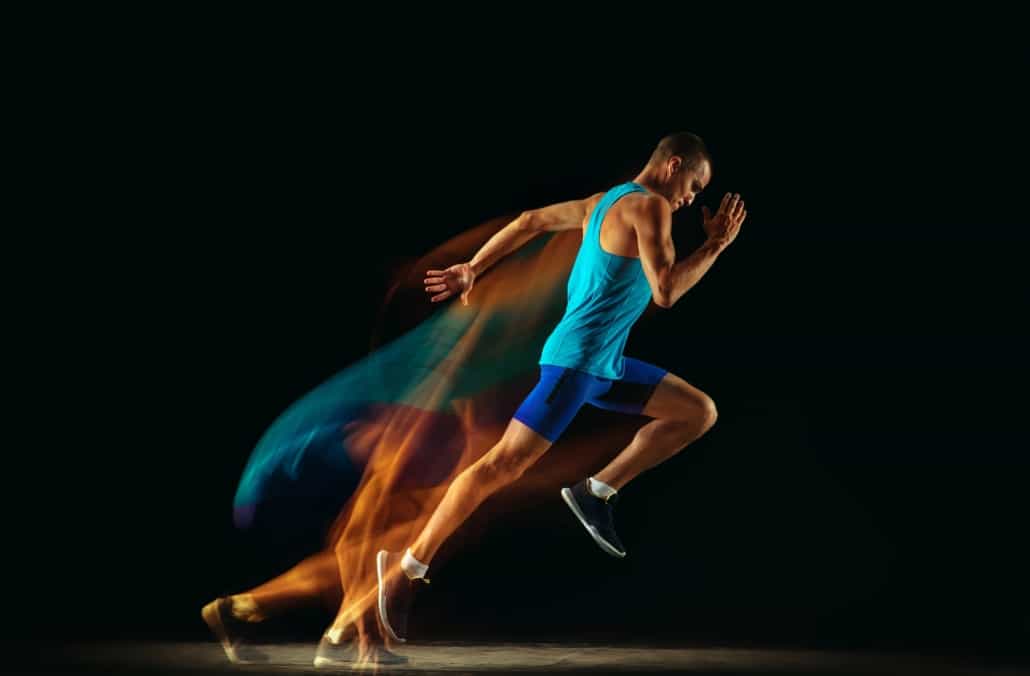How to improve your power development with one simple test
To jump higher and run faster than ever before, the first step is to make an individual profile of your force and velocity. But how on earth do you get your profile?
Power development: How one simple test can help
You can use one simple test to take your explosive power to the next level, and all you need to know is in episode 70 of the Science for Sport Podcast.
In this episode, world-renowned researcher JB Morin discusses how you can use a simple phone app to optimise your training, upgrade your sprinting and start dunking on your pals.
To jump higher and run faster than ever before, you will need to make an individual profile of your force and velocity, and based on the results, focus with laser-like precision on what will make you better.
So importantly, how on earth do you get your profile? Well, unless you’re an elite athlete who has access to all of the world’s top gadgets like force plates, you can make do with the easy-to-use phone app ‘My Jump 2’.

The importance of the force-velocity profile
Exactly how you use the app is outside the scope of the article and podcast, but if you’re interested, check out episode 55 of the Science for Sport Podcast, where the app’s creator, Carlos Balsalobre, discusses it in detail.
Simply put, you will need to perform several exercises with increasing resistance. Let’s take the example of a jump. As physicist and healthy eating advocate Sir Isaac Newton helped us to understand: as things get heavier, movement gets slower. This means as you add weight to the movement, for example, by using a bar and plates, the app will track you getting slower.
After completing a number of jumps, you can start to plot a line of force (weight) vs. velocity. Ultimately, it is this which can help you to work out where to focus your training
“With a force-velocity profile, you’re going to track, for a given athlete, where the weaknesses are, and where is the margin for change and improvement,” Morin said.
When you have your well-determined line, you can use it to work out where there is the greatest room for improvement. To calculate precisely whether you are better off attacking the force or velocity end of the spectrum, Morin himself has produced some excellent spreadsheets. When you’ve done the math, you’ll know exactly where your focus needs to be.
According to Morin, even the most elite athletes can find areas of weakness using this method.
“Believe me, even elite people still have some margin of improvement,” Morin said.
Reacting to what the data tells you
So let’s say the data tells you that if you want to dunk like prime Michael Jordan, you need to improve your force production. Well, that’s simple, you need to train for maximum strength. This doesn’t mean stop everything else and train like a powerlifter – far from it. Morin believes that it just needs to be a small adjustment to your training.
“It does not mean that if you have a force deficit, then your everyday life is about force output – this is not the reality of training,” Morin said.
With that in mind, it may just mean that you take one or two opportunities per week to lift some heavier weights while still maintaining your other training types. In a practical scenario, you might build up from lighter to heavier weights or adjust your exercise selection to allow for more weight to be lifted. However, to do it, you will need to lift some heavy stuff.
“There are not a million ways to improve force output, it’s not by lifting light or running long – you’re going to have to lift heavy,” Morin said.
Want to know more about force production?
So that’s it, all you now need to do is listen to the podcast, download the app, and you can start training to rocket your explosive performance.
You can download the podcast on any of the big hosting services, including Apple Podcasts and Spotify, or just use this link: https://scienceforsport.fireside.fm/70
Don’t forget to hit the subscribe button and be sure to give us a review and rating, too.



